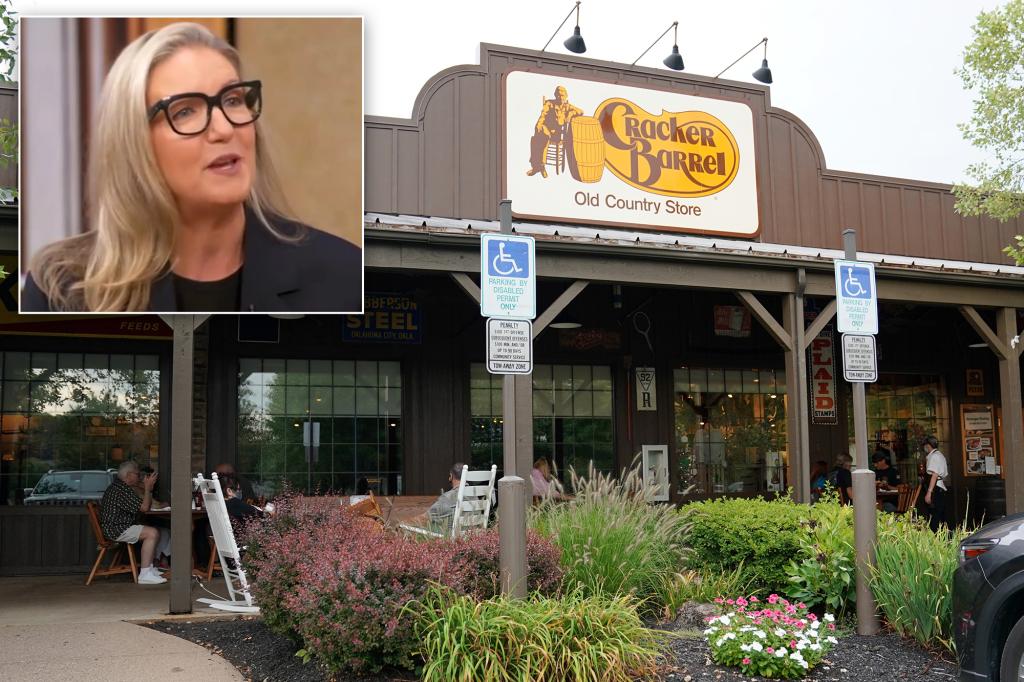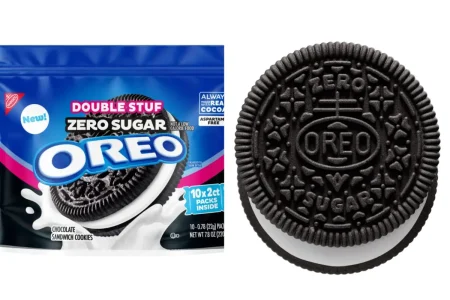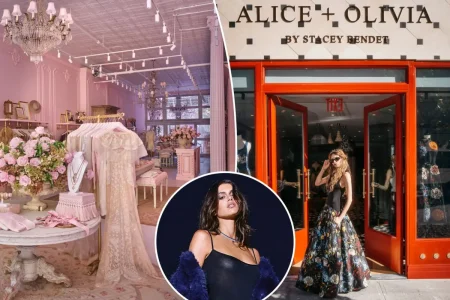Cracker Barrel Reverses Course After Logo Redesign Controversy
In a remarkable display of corporate humility, Cracker Barrel has abandoned its controversial logo redesign following an intense public backlash that ultimately impacted its bottom line. The Tennessee-based restaurant chain, known for its Southern comfort food and nostalgic atmosphere, released its fourth-quarter earnings on Wednesday alongside news that it would revert to its beloved “old-timer” logo. The company reported total revenue of $868 million, a 2.9% decrease from the same quarter last year, with traffic falling an alarming 8% since the August rollout of its simplified, text-only logo. This announcement sent shares tumbling nearly 10% in after-hours trading, underscoring the financial consequences of the rebranding misstep.
President and CEO Julie Masino candidly acknowledged that the company had severely underestimated customers’ emotional connection to the brand’s traditional imagery. “We want longtime fans and new guests to experience the full story of the people, places, and food that make Cracker Barrel so special,” Masino told investors during the earnings call. “That’s why our team pivoted quickly to switch back to our old-timer logo and has already begun executing new marketing, advertising and social media initiatives leaning into Uncle Herschel and the nostalgia around the brand.” The swift about-face represents a remarkable admission from the 70,000-employee chain that it had misread its customer base – something increasingly rare in corporate America where doubling down on controversial decisions often seems the default response.
The logo controversy extended beyond mere aesthetics to include physical store redesigns, which have now also been halted. Cracker Barrel revealed that only four of its 660 restaurants had undergone remodels featuring a sleek, minimalist look that replaced the brand’s signature Americana décor. These test locations are now being converted back to the traditional interiors that customers have come to expect when visiting the chain. “The feedback we received from our guests in recent weeks on our brand refresh and store remodels has shown us just how deeply people care about Cracker Barrel,” Masino explained, expressing gratitude to customers “for sharing their voices and love for the brand and telling us when we’ve misstepped.” This transparent acknowledgment of error struck a chord with many loyal patrons who felt their concerns had been genuinely heard.
While embracing the chain’s nostalgic roots, Masino was careful to note that Cracker Barrel still faces modern business challenges. “We deeply value the strong emotional connection our guests have, not just to the old-timer logo or vintage Americana decor, but to the sense of tradition and nostalgia those represent,” she said during the earnings call. However, she also pointed out that the chain “has not kept pace as consumer habits — when it comes to food, travel and technology — have changed dramatically in the past decade.” This balanced perspective suggests that while the company is returning to its visual heritage, it remains committed to operational improvements necessary in today’s competitive restaurant landscape. “That connection is powerful, and we recognize there are other areas where we must continue improving, especially in our food and overall guest experience,” Masino added, noting these improvements were “already part of our multi-year plan.”
The logo redesign, which debuted in August, removed the iconic image of an old man leaning against a wooden barrel—a symbol that had represented the chain’s Southern charm and hospitality for more than five decades. The change was interpreted by some critics as a concession to modern “woke” culture, though the company never framed it as such. Regardless of the intent, the public reaction was swift and severe, erasing more than $140 million in market value at the controversy’s peak. The backlash illustrated the risks companies face when altering beloved brand elements without fully appreciating their cultural significance to loyal customers. For many Cracker Barrel patrons, the old-timer logo wasn’t just a corporate symbol but a nostalgic touchstone representing cherished memories of family meals and road trip traditions.
Despite the setback, Masino highlighted several positive developments in the quarter that suggest a path forward. These include the return of “Uncle Herschel’s Breakfast,” the introduction of a new service model dubbed “The Herschel Way,” and continued growth in the company’s loyalty program, which added an impressive 300,000 members in just four weeks. “There is a lot to be optimistic about, and our teams are focused on getting back to a positive trajectory,” she assured investors. The Cracker Barrel saga offers a valuable lesson for other established brands contemplating significant changes to their visual identity: while evolution is necessary, severing connections to deeply meaningful heritage elements can trigger more than just social media outrage—it can impact the fundamental business metrics that matter most. By listening to its customers and quickly reversing course, Cracker Barrel has demonstrated a refreshing willingness to prioritize authentic connection over trendy rebranding, potentially setting the stage for a nostalgic but forward-looking recovery.















